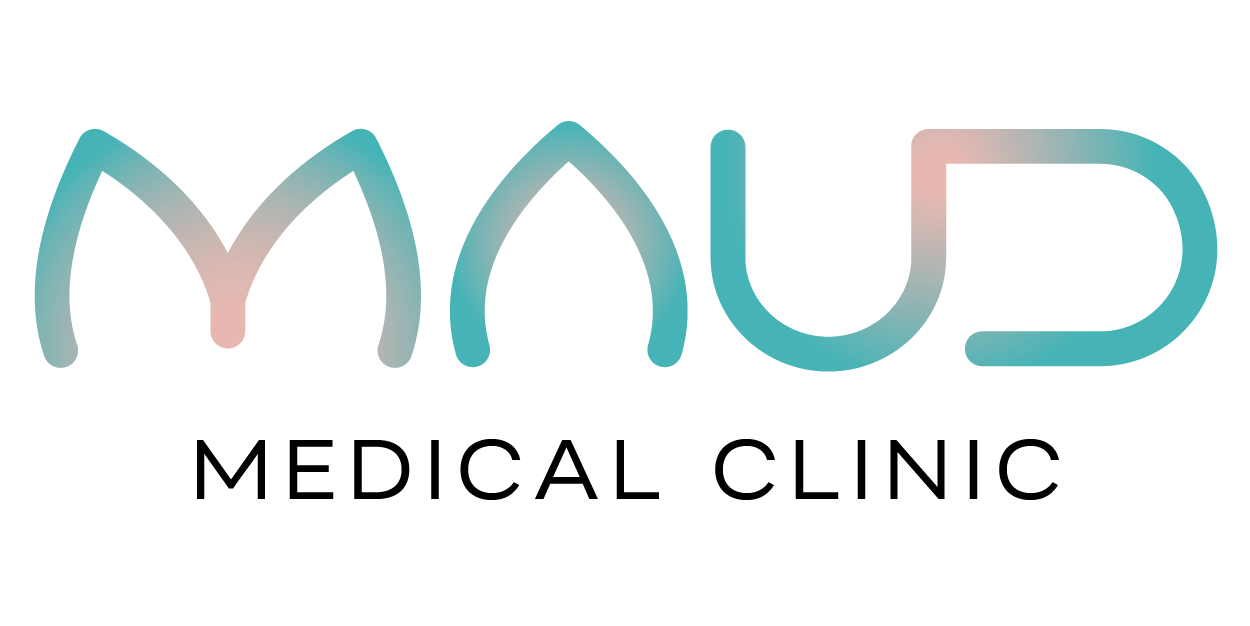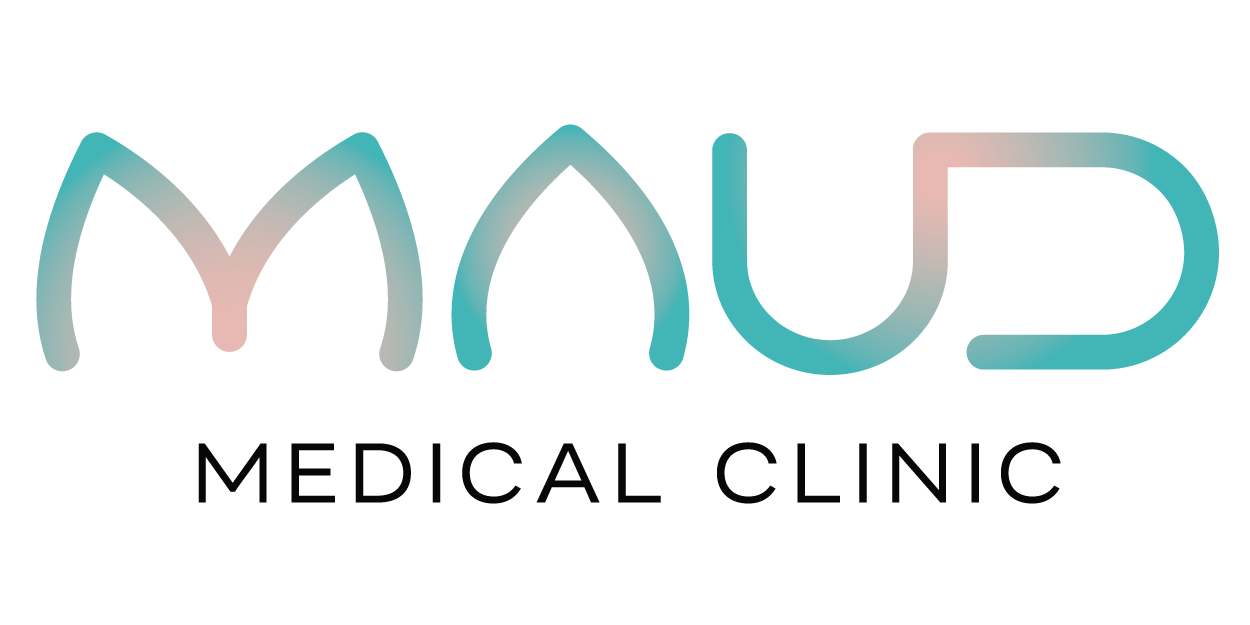Beyond the Pill -Hormonal Acne
Beyond the Pill - Managing Hormonal Acne
Hormonal acne is one of the most stubborn and frustrating forms of adult acne. It typically resists over-the-counter products and doesn’t always respond well to standard skincare routines. While the birth control pill is often prescribed to help manage hormonal breakouts, it’s not a cure-all—and it's not right for everyone.
Understanding how hormones affect your skin, what alternatives exist beyond oral contraceptives, and how to address acne holistically can help you take back control and make more empowered decisions about your health.
What Is Hormonal Acne?
Hormonal acne refers to breakouts triggered by fluctuations or imbalances in sex hormones, primarily androgens like testosterone and DHEAS (dehydroepiandrosterone sulfate). Androgens increase sebum (oil) production in the skin, clogging pores and fueling the growth of Cutibacterium acnes, the bacteria that causes inflammation.
While hormonal acne can affect teens, it’s especially common in adult women—especially in their 20s, 30s, and 40s. It often shows up as:
Deep, cystic breakouts along the jawline, chin, and lower cheeks
Flare-ups that coincide with the menstrual cycle
Persistent oiliness despite otherwise healthy skin habits
Common Hormonal Triggers
Hormonal acne is not always about excess testosterone—other hormonal imbalances can play a role:
Estrogen-progesterone imbalance
Elevated cortisol (stress hormone)
Thyroid dysfunction
Insulin resistance
Discontinuation of hormonal birth control
The skin is a reflection of internal health. Acne can be a sign that your hormones are out of sync, your metabolism is under strain, or your body is reacting to stress or inflammation.
How the Pill Works for Acne—And Why It’s Not for Everyone
The combined oral contraceptive pill (containing estrogen and progestin) is a common treatment for hormonal acne. It works by:
Suppressing ovarian androgen production
Increasing sex hormone–binding globulin (SHBG), which binds excess testosterone
Reducing sebum output and stabilizing hormone levels over time
Many women do see improvement in their skin while on the pill. However, not everyone tolerates it well. Side effects can include:
Mood swings or depression
Headaches or migraines
Weight gain or fluid retention
Low libido
Blood clot risk (particularly for smokers or those over 35)
The pill also does not address the root cause of acne—it manages symptoms. Once it’s discontinued, hormonal acne may return (often worse than before), particularly if underlying conditions like PCOS or blood sugar dysregulation are present.
What Is Post-Pill Acne?
Post-pill acne occurs when breakouts appear or intensify after stopping oral contraceptives. After years of hormone suppression, the body can rebound by producing more androgens or taking time to resume natural cycles. This can cause oiliness, cystic acne, or irregular periods.
This is a transitional phase—not a permanent state. Still, many women find the process distressing and are unsure how to support their skin without returning to the pill.
A Science-Based Approach to Managing Hormonal Acne Without the Pill
To treat hormonal acne effectively, it’s important to assess and support the body’s systems that regulate hormones, inflammation, and detoxification.
Here’s how a medical and science-informed approach can help manage hormonal acne from the inside out:
1. Test, Don’t Guess: Hormonal Lab Testing
Lab work can reveal what’s driving your acne. Depending on your symptoms and cycle, a physician may order:
Total and free testosterone
DHEAS
Estrogen (estradiol) and progesterone
Luteinizing hormone (LH) and follicle-stimulating hormone (FSH)
Prolactin
Thyroid panel (TSH, T3, T4)
Fasting insulin and glucose (especially if PCOS or insulin resistance is suspected)
This data helps tailor treatment, especially if traditional acne therapies have failed.
2. Diet and Insulin Sensitivity
Diet influences hormonal acne through its effect on insulin and inflammation. High-glycemic foods (like refined sugar, white bread, and sugary drinks) spike insulin levels, which can increase androgen production.
Key nutritional strategies:
Balance blood sugar: Eat protein, fat, and fiber at every meal.
Reduce dairy and refined sugar: These may exacerbate acne in sensitive individuals.
Support the gut: A healthy microbiome helps regulate estrogen metabolism and systemic inflammation.
Evidence suggests that lower glycemic-load diets can significantly reduce acne severity over time.
3. Lifestyle and Stress Management
Chronic stress leads to elevated cortisol, which can disrupt sex hormone balance and worsen acne. High cortisol can reduce progesterone (a natural anti-androgen) and increase skin inflammation.
Effective strategies include:
Daily physical activity (without overtraining)
Sleep hygiene (aim for 7–9 hours/night)
Mindfulness, breathwork, or therapy
Reducing caffeine and alcohol in high-stress periods
Stress doesn't just worsen acne—it makes it harder for the body to heal and detoxify hormones.
4. Evidence-Based Supplements
While supplements should be individualized, certain nutrients have shown benefit in managing hormonal acne:
Zinc: Anti-inflammatory and sebum-regulating
Omega-3 fatty acids: Reduce inflammation and balance androgens
Vitamin D: Low levels are linked to higher acne severity
DIM (diindolylmethane): Helps metabolize estrogen and reduce hormonal congestion
Inositol (especially myo-inositol): Improves insulin sensitivity and supports ovulatory cycles
Spearmint tea: Studies show regular use may reduce testosterone levels in women with PCOS
Always consult a physician before starting supplements, especially if you’re on medications or have underlying conditions.
5. Targeted Medications (Beyond Birth Control)
For moderate to severe hormonal acne, prescription options exist that do not involve contraceptives:
Spironolactone: Blocks androgen receptors and reduces oil production; widely used off-label for adult women
Topical retinoids (e.g., tretinoin, adapalene): Promote cell turnover and unclog pores
Benzoyl peroxide or clindamycin: Reduce bacterial load on the skin
Antibiotics (used short-term): For inflamed cystic acne during flare-ups
A physician can help determine when prescription therapies are appropriate and how to avoid overuse or resistance.
Hormonal Acne and PCOS
Polycystic ovary syndrome (PCOS) is one of the most common underlying causes of hormonal acne. It affects approximately 1 in 10 women and is associated with:
Irregular or absent ovulation
Elevated androgens
Ovarian cysts (though not always visible on ultrasound)
Insulin resistance
Acne, hair growth (hirsutism), and hair thinning
PCOS requires a comprehensive management plan that may include dietary changes, medications like metformin or spironolactone, and hormone balancing therapies.
When to Seek Medical Support
If acne is affecting your self-esteem, causing scarring, or not responding to routine treatment, it’s time to see a doctor. Other signs that warrant attention include:
Acne that worsens with menstrual cycles
Accompanying symptoms like hair loss, excess facial hair, or irregular periods
Post-pill acne that lasts longer than 3–6 months
Suspected PCOS or thyroid issues
Where to Start
While over-the-counter products have their place, managing hormonal acne long-term requires more than a good cleanser. It involves investigating what your body is telling you and working with a physician who sees the full picture.
At Maud Medical Clinic Calgary, we support women seeking a science-based, whole-body approach to acne, hormones, and long-term skin health. Our physicians can guide you through testing, alternatives to the pill, PCOS care, and more.
References
Zaenglein AL et al. Guidelines of care for the management of acne vulgaris. Journal of the American Academy of Dermatology. 2016.
Oge LK et al. Hormonal therapies for acne. Dermatologic Clinics. 2016.

